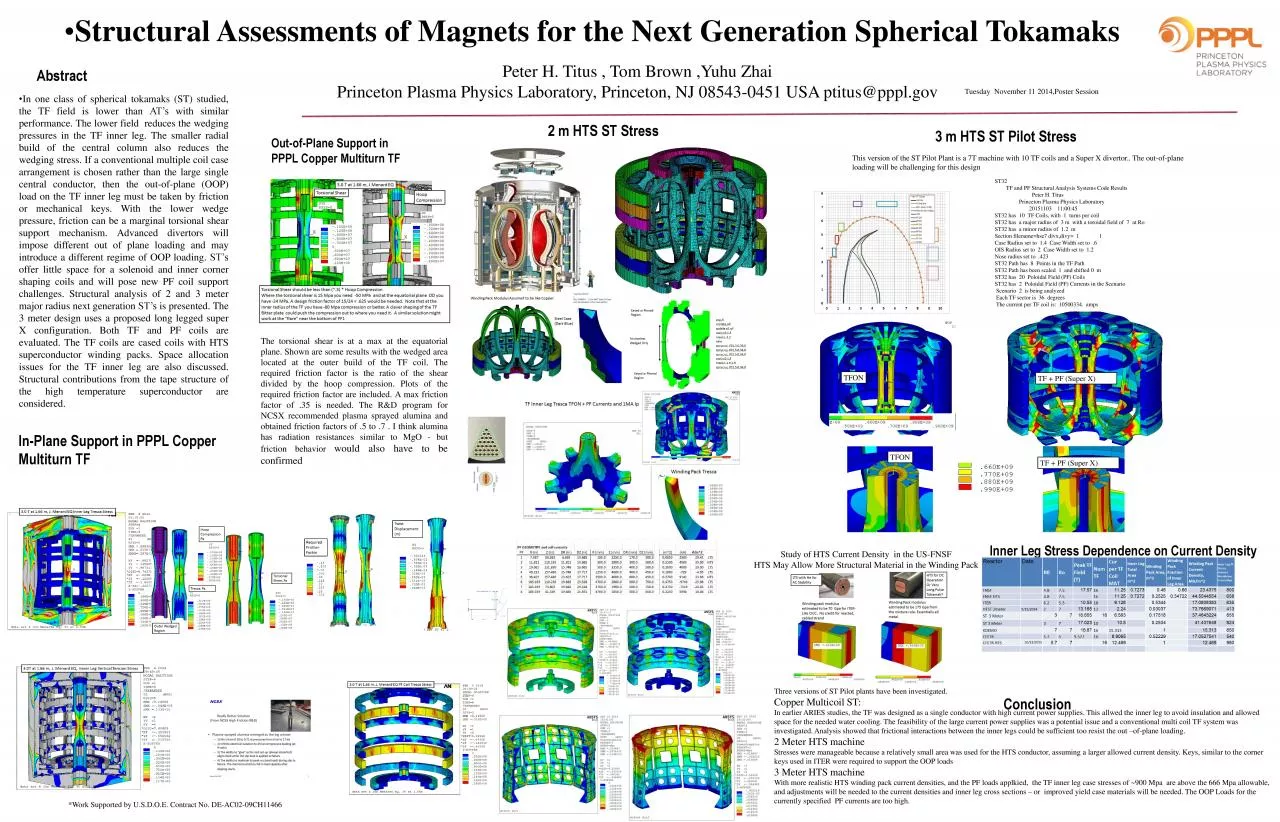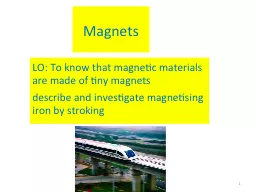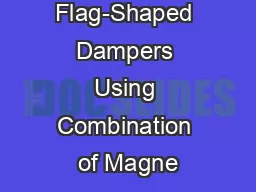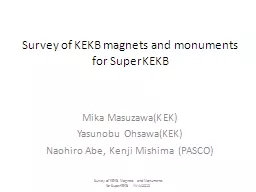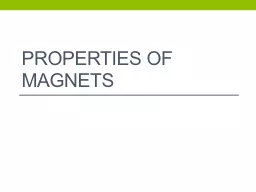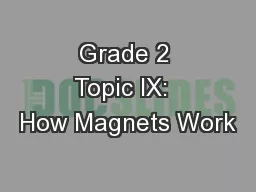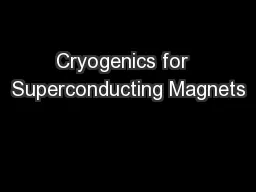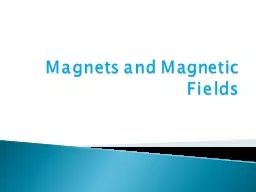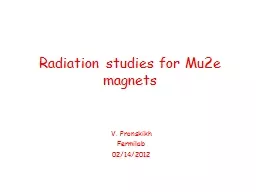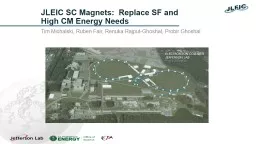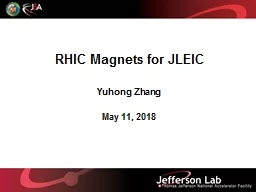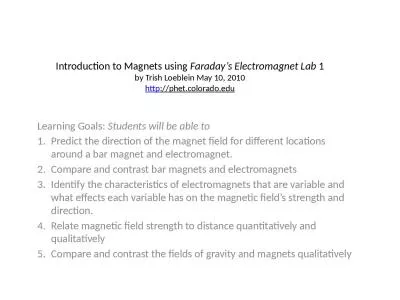PDF-Structural Assessments of Magnets for the Next Generation
Author : cady | Published Date : 2021-08-09
Spherical TokamaksPeter H Titus Tom Brown YuhuZhaiPrinceton Plasma Physics Laboratory Princeton NJ 085430451 USA ptitusppplgovAbstractConclusionInPlane Support in
Presentation Embed Code
Download Presentation
Download Presentation The PPT/PDF document "Structural Assessments of Magnets for th..." is the property of its rightful owner. Permission is granted to download and print the materials on this website for personal, non-commercial use only, and to display it on your personal computer provided you do not modify the materials and that you retain all copyright notices contained in the materials. By downloading content from our website, you accept the terms of this agreement.
Structural Assessments of Magnets for the Next Generation: Transcript
Download Rules Of Document
"Structural Assessments of Magnets for the Next Generation"The content belongs to its owner. You may download and print it for personal use, without modification, and keep all copyright notices. By downloading, you agree to these terms.
Related Documents

